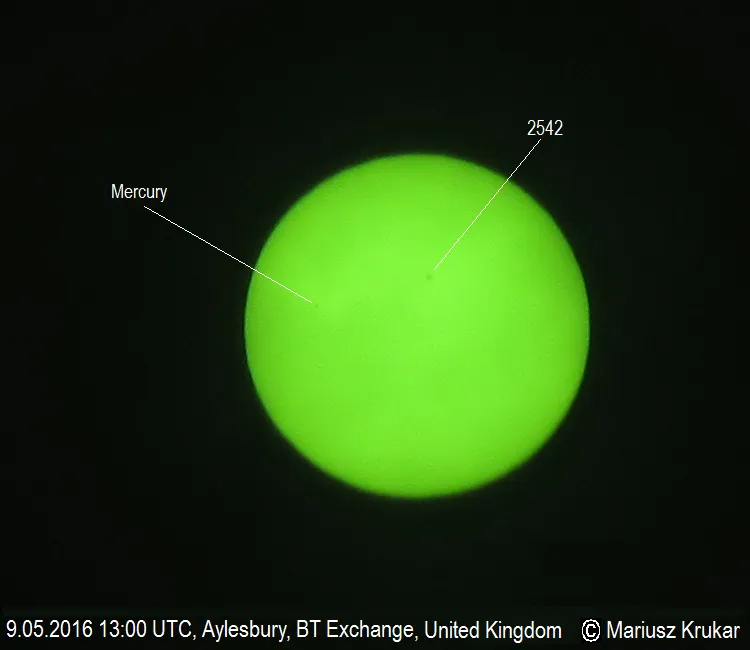Exactly 3 days ago (on 9th May 2016) Mercury crossed the entire face of the Sun. Everybody in Britain (and Poland as well) could observe the transit of the smallest planet in the Solar System. The 2016 transit was the first to be visible from Europe since 7th May 2003. I also remember the 1999 transit, which I was trying to observe from my family house in Krosno (Subcarpathian Voivodship, south-eastern part of Poland). I was reading about this event in my astronomical encyclopedia just a couple of days before. Finally, I was looking forward to a proper time, when I could see the first planet of the Solar System with the Sun beyond. It was the 15th of November afternoon, unfortunately cloudly. Suddenly I saw some brightness and the Sun around 2pm. Regrettably, when I picked up my small dark glass the Sun was gone behind the clouds again.
The next transit in 2003 occurred on May 7. Unfortunately, I was very stressed before my exam in secondary school, which I passed on May 8 and 9. Finally, I missed the transit and I had to wait for the next 13 years till May 9,2016.
I was very lucky last Monday because the rainy front coming from France was late. The weather forecast was predicting a cloudy total and passing rainfall on May 9 Monday from 12am in the southern part of the UK. Finally, the Sun totally disappeared after 4:30pm, so I could observe the first part of the 2016 transit.
You can see the weather conditions on the maps below. The red spot indicates the place of my observation, which was situated in a front of the place of my current work in Aylesbury – BT Telephone Exchange.

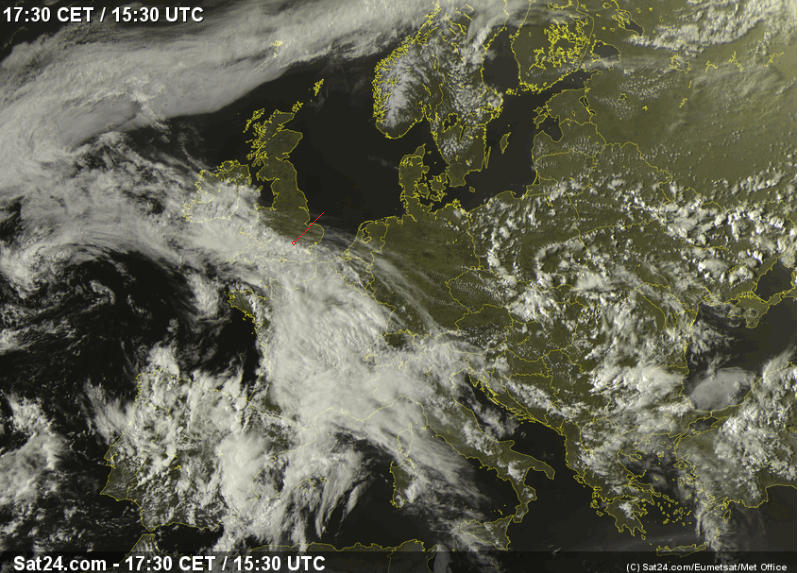
It is vital to say about the 2016 Mercury transit circumstances. It started at 12:12 and finished at 19:41. The beginning (and end) times mark the instants when the limb of Mercury first (and last) touches the Sun’s edge, which takes just over three minutes to cross. The duration of transit is around 7h30m (see picture below).

I have observed the transit of Mercury for the first time. I expected a small pot on the solar disc. Fortunately, I brought a camera with me. This is quite a simple compact camera with a 12x zoom. I was stumped, that I couldn’t see a small spot in the Sun when I used the dark glass. I could notice Mercury just after using zoom.
Transit of Mercury proves of less scientific interest than those of Venus, and this is not just because Venus has a substantial atmosphere which shows as a bright ring as it traverses the solar limb – Mercury with the merest trace of an atmosphere, displays no such effect.
It is rather that Venus is so close to us during the transit (sometimes less than 42 million km) that its disc is several times bigger than Mercury’s disc. Besides Venus is almost 3x bigger than Mercury, so finally, we can see it even without using zoom. Mercury is much further during transit ( 82 million km in 2016), so we can’t see it on the sun’s disk with our eyes. Usually, the first planet is smaller than some sunspots visible on the solar disk (see picture below). On May 9 we had big sunspot no. 2542 (3x bigger than Mercury’s disk).

I had time to make the observation during my lunch, between 13:00 and 14:00 BST. It wasn’t possible to see the Sun after 1pm, because of altocumulus clouds. The sun appeared just before 2pm.
Here are my photos from the amateur observation. It has been taken by Canon Powershot SX 130IS (12 Mpx). I was documenting the transit of Mercury twice at 14:00 BST and 16:30 BST just before start raining.


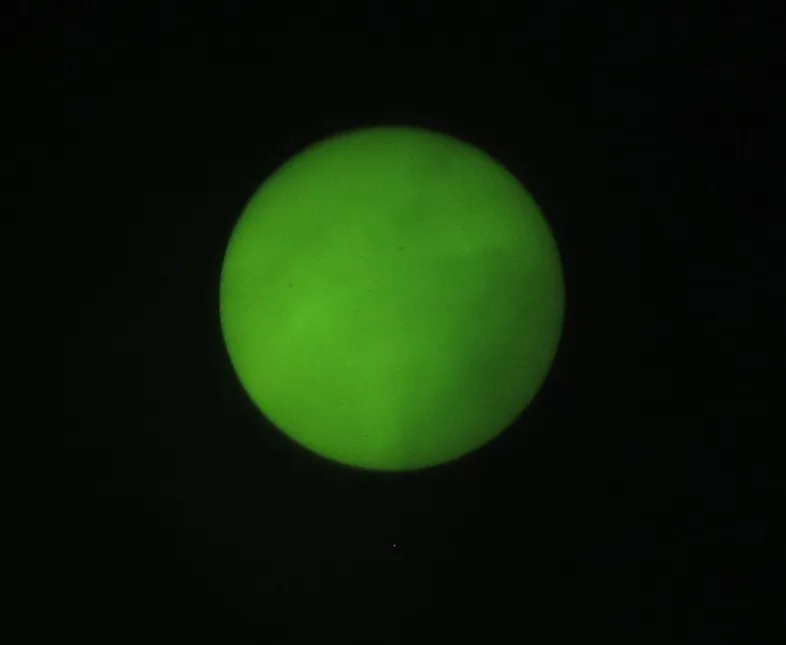
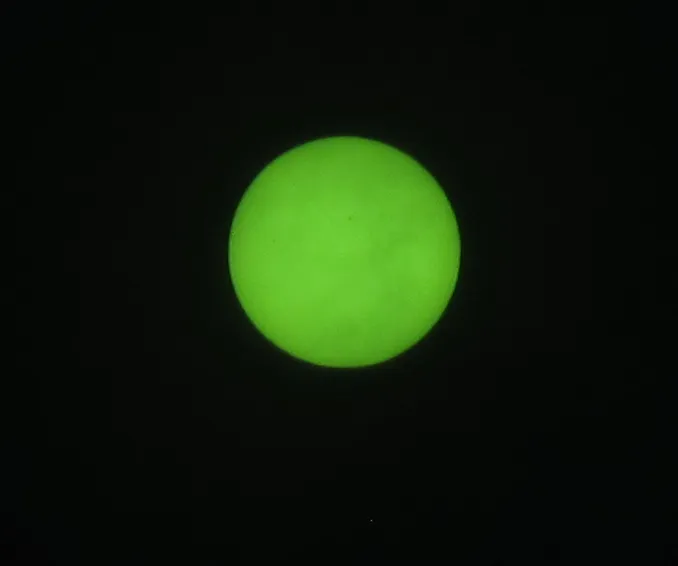
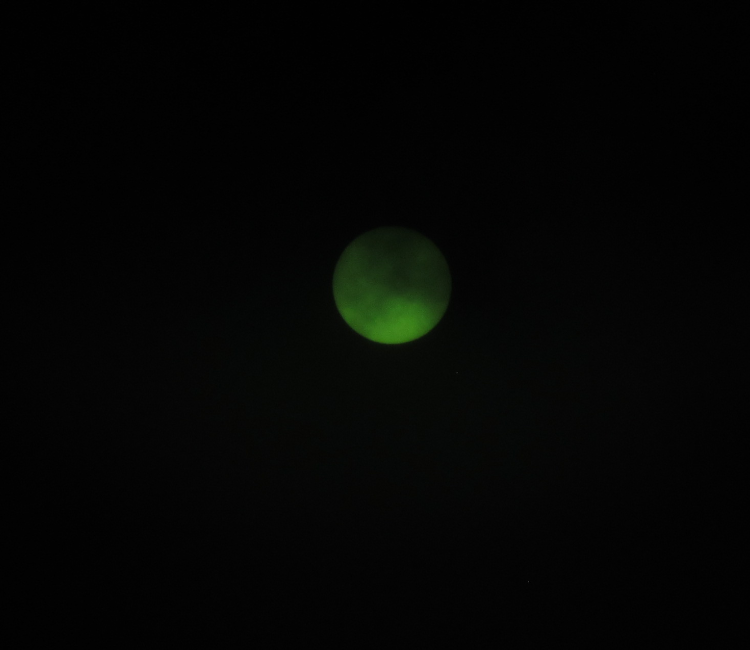
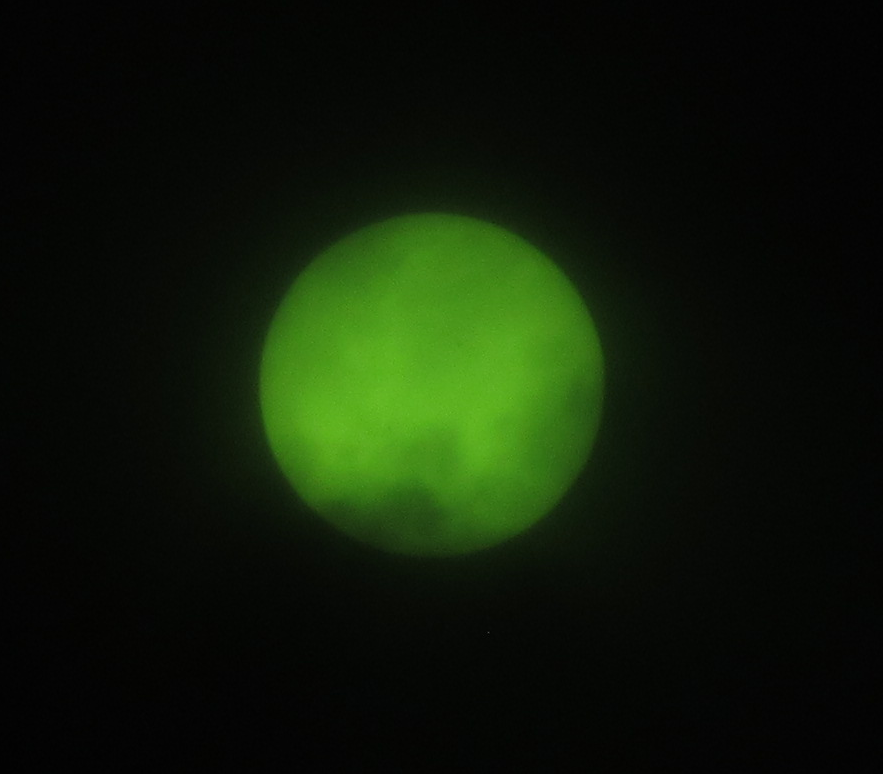

The biggest downside of my camera is a poor sensor, so sometimes I can make photos too noisy. Sorry about that. I am sure, that I will be very much better prepared for the next transit of Mercury, which happened in 2019.
I was excited about Mercury
Which I’ve seen in Aylesbury
Mariusz Krukar
Links:
The Transit of Mercury from my hometown (Polish)
Mercury Solar Transit 2016 captured by NASA
The Transit of Mercury reported by The Guardian

